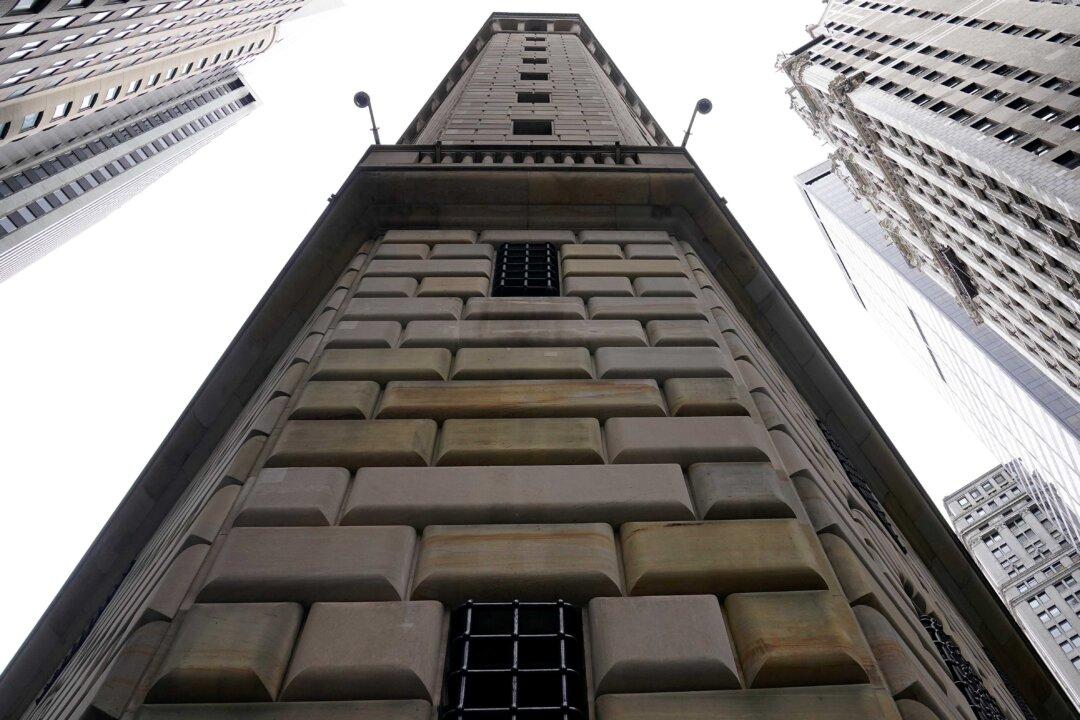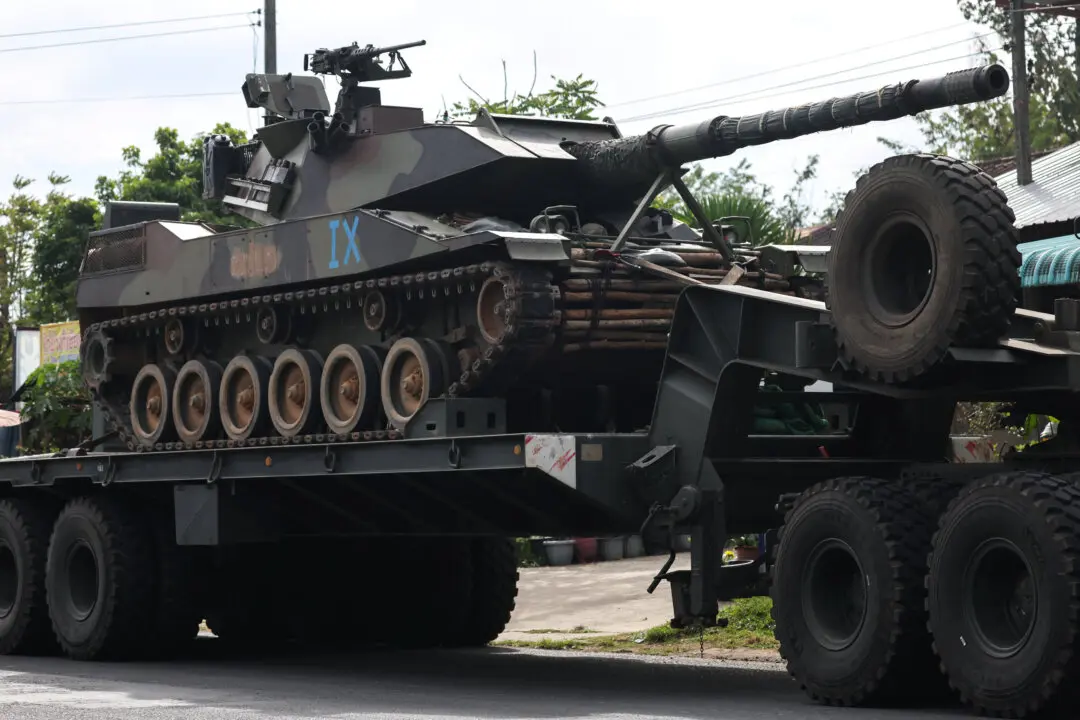The U.S. Federal Reserve made key adjustments last week to its Main Street Lending Program, including reducing the loan amount and adjusting fees, to help expand access to the program that has seen little use since it launched over the summer.
Almost 400 loans totaling $3.7 billion have been made through the program so far, the Fed said on Oct. 30. That is a fraction of the $600 billion in loans available through the initiative, which was created as part of the Coronavirus Aid, Relief, and Economic Security (CARES) Act with $75 billion in backing from the Treasury Department.





